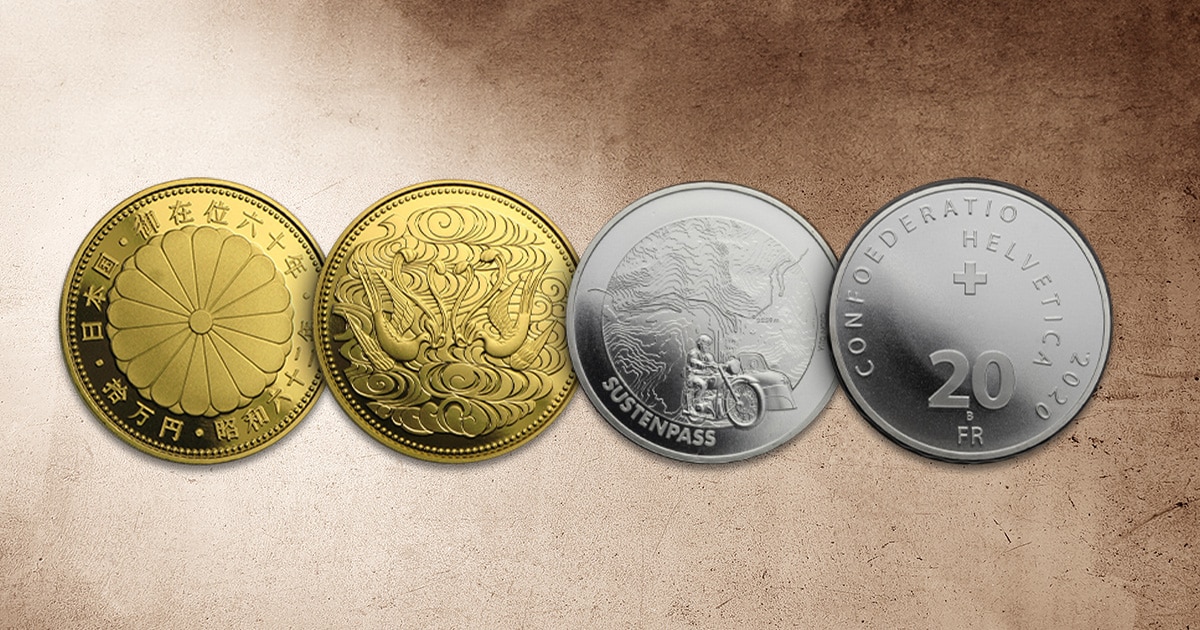
There are coins from a number of nations in medallic alignment. These include British coins, Japanese coins like the Yen, and Swiss coins produced after 1982, as well as Indian rupees and others.
The History of Numismatic Alignment
When coin machines began producing coins as opposed to hammers and handheld dies in 1561, alignment between obverse and reverse became standard and more uniform. Since earlier coins were produced using hammers and dies, their die axis alignment tended to be misaligned.
Exploring Coin Alignment: Medallic vs. Coin Orientation
The world of numismatics is a fascinating realm where the artistry of design meets historic significance. One intriguing aspect that captivates collectors and enthusiasts alike is the alignment of coins—specifically, whether they adhere to medallic or coin orientation.
The orientation of a coin refers to the positioning of the reverse side relative to the obverse side during the minting process. There are two primary types of alignments: medallic orientation and coin orientation.
Medallic Orientation:
In medallic alignment, the top of the reverse side shares the same position as the top of the obverse side. This orientation is reminiscent of how traditional medals are struck. Countries like Britain, Japan, and even the Euro coinage system typically exhibit medallic alignment.
Several currencies across the globe adhere to medallic alignment. Notable examples include the Indian Rupee, the Japanese Yen, and the Swiss Franc. In these cases, the designs on both sides of the coin are positioned in a way that mirrors the alignment seen in traditional medals.
Coin Orientation:
Meanwhile, coin orientation involves the top of the designs being aligned opposite to each other. This Western style originated in the late 19th century and was notably adopted by the United States. Pre-Euro French coinage is another example where the image on one face is upside-down relative to the other.
The history of coin and medallic alignment is deeply intertwined with the broader narrative of coinage and medal making. Medal making emerged as an independent art form in 15th century Europe, and during the Renaissance, a renewed interest in Roman antiquities, including coins, fueled artistic endeavors.
Coins and medals share the commonality of being two-sided metal objects, although medals lack face value. Most modern and many ancient coins were consistently struck with a standard or medallic die axis. This die axis is a crucial element in determining the alignment of the coin.
The alignment of coins, whether medallic or coin-oriented, adds a layer of intrigue to the world of numismatics. These alignments not only reflect cultural choices but also mirror the evolution of artistic and monetary traditions across the globe.




